
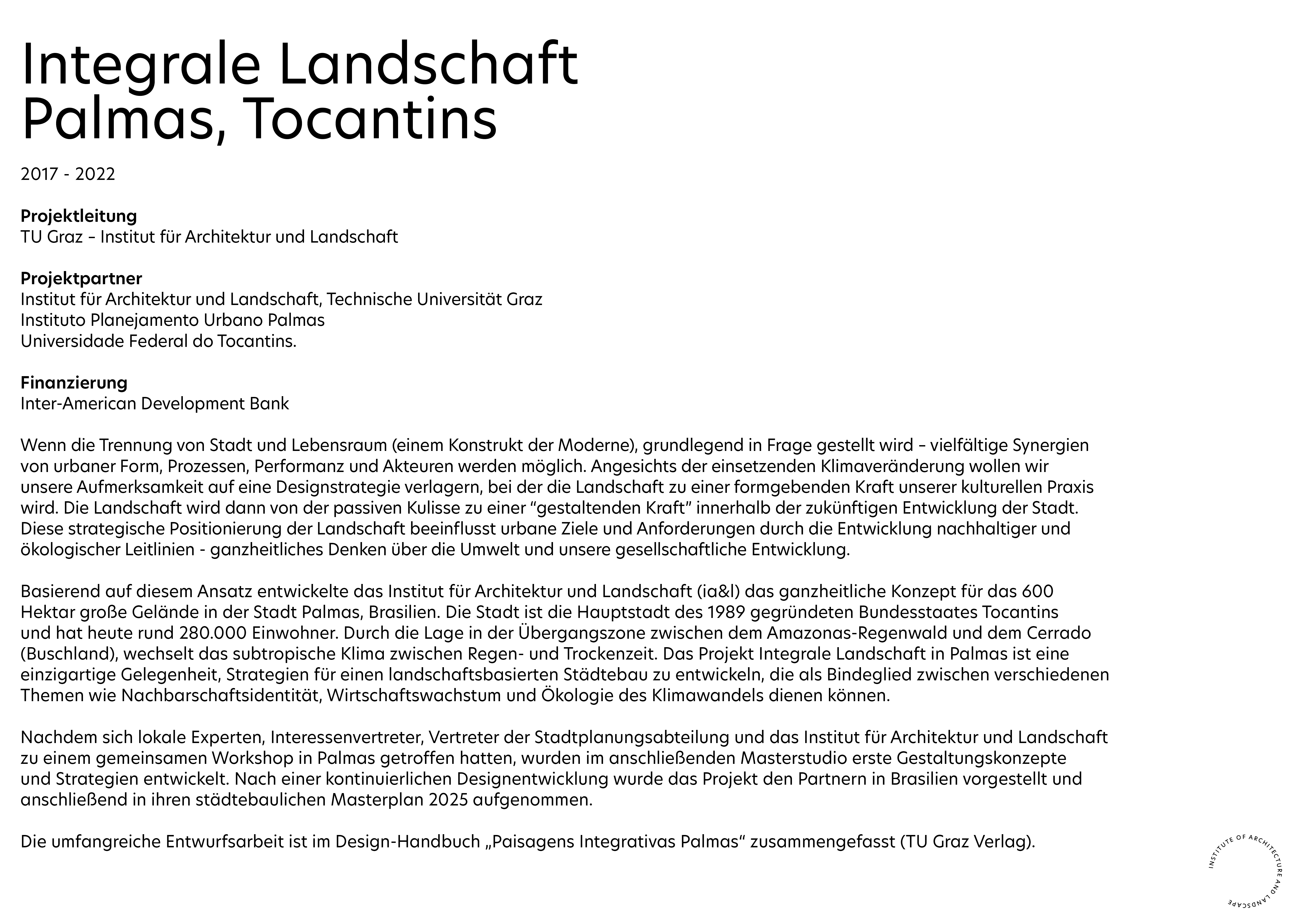
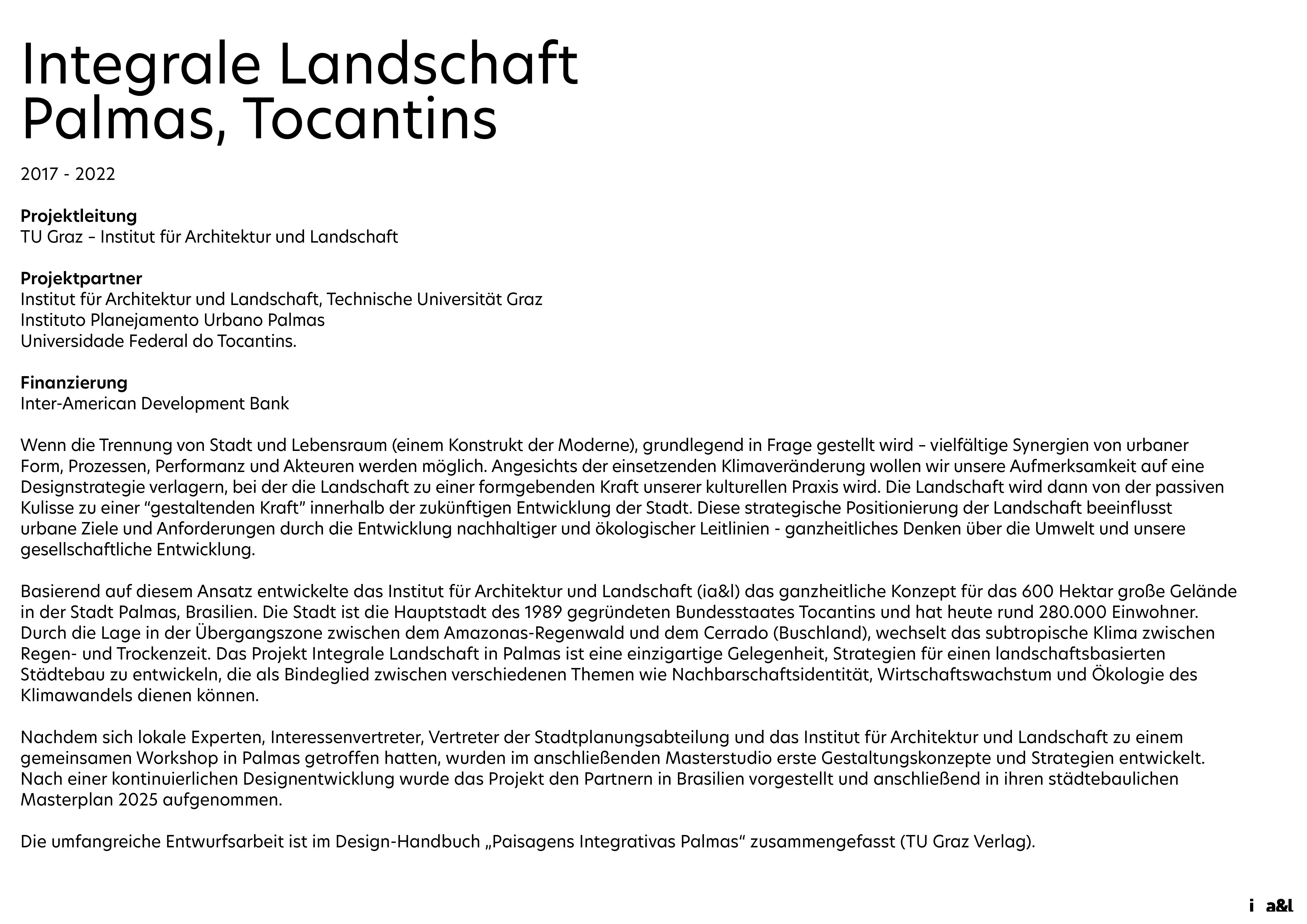




OASIS: THE GREEN DESERT
DESIGNING ARCHITECTURAL PROTOTYPES FOR DESERT ENVIRONMENTS
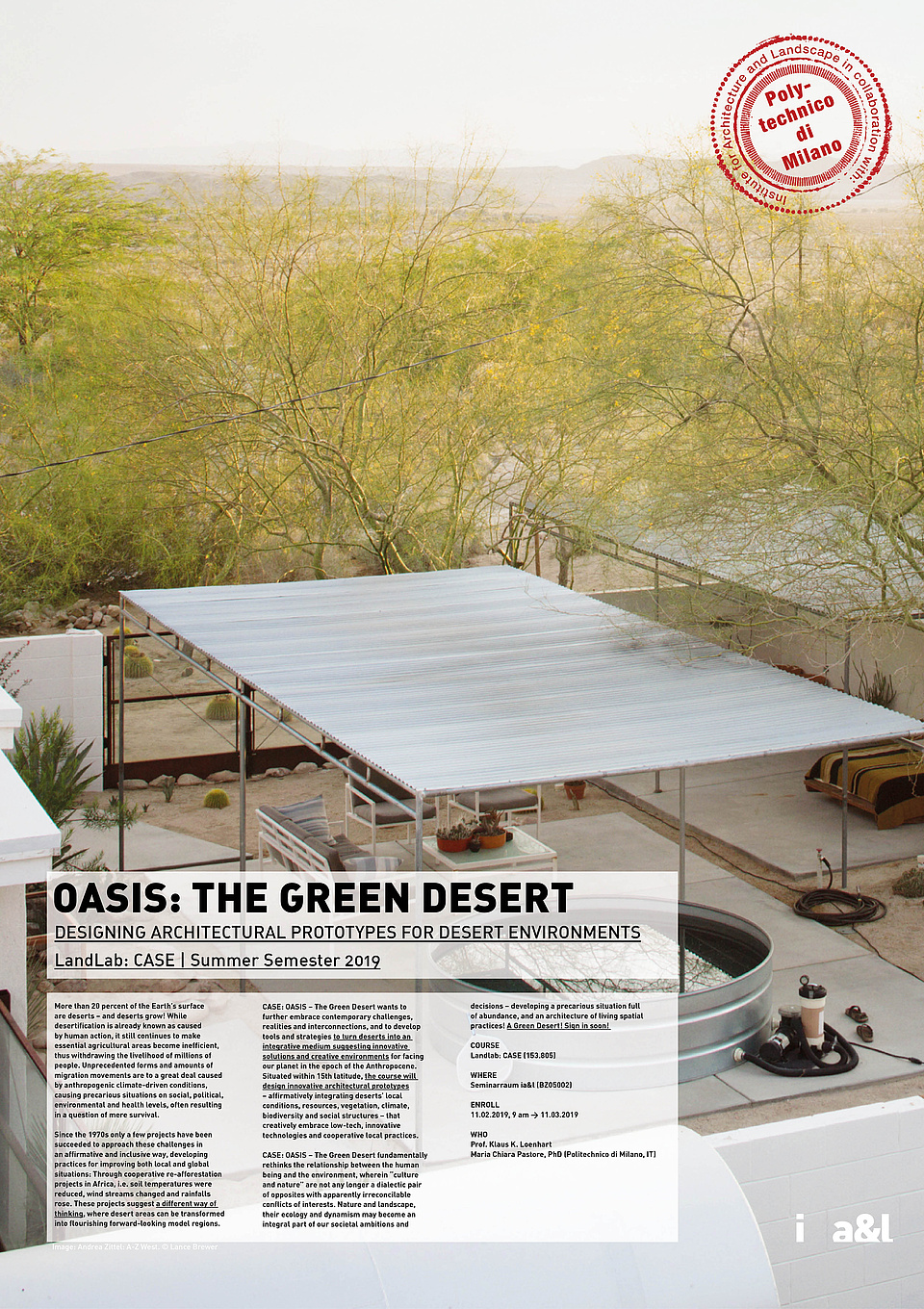
Landlab CASE (153.805)
Prof. Klaus K. Loenhart
Maria Chiara Pastore, PhD (Politechnico di Milano, IT)
More than 20 percent of the Earth’s surface are deserts – and deserts grow! While desertification is already known as caused by human action, it still continues to make essential agricultural areas become inefficient, thus withdrawing the livelihood of millions of people. Unprecedented forms and amounts of migration movements are to a great deal caused by anthropogenic climate-driven conditions, causing precarious situations on social, political, environmental and health levels, often resulting in a question of mere survival.
Since the 1970s only a few projects have been succeeded to approach these challenges in an affirmative and inclusive way, developing practices for improving both local and global situations: Through cooperative re-afforestation projects in Africa, i.e. soil temperatures were reduced, wind streams changed and rainfalls rose. These projects suggest a different way of thinking, where desert areas can be transformed into flourishing forward-looking model regions.
CASE: OASIS – The Green Desert wants to further embrace contemporary challenges, realities and interconnections, and to develop tools and strategies to turn deserts into an integrative medium suggesting innovative solutions and creative environments for facing our planet in the epoch of the Anthropocene. Situated within 15th latitude, the course will design innovative architectural prototypes – affirmatively integrating deserts’ local conditions, resources, vegetation, climate, biodiversity and social structures – that creatively embrace low-tech, innovative technologies and cooperative local practices.
CASE: OASIS – The Green Desert fundamentally rethinks the relationship between the human being and the environment, wherein “culture and nature” are not any longer a dialectic pair of opposites with apparently irreconcilable conflicts of interests. Nature and landscape, their ecology and dynamism may become an integral part of our societal ambitions and decisions – developing a precarious situation full of abundance, and an architecture of living spatial practices! A Green Desert! Sign in soon!
PACIFIC
DESIGNING A BLUE ECOLOGY

Landlab CASE (153.804)
Prof. Klaus K. Loenhart
Univ. Ass. Bernhard König
The Pacific Ocean is the largest and deepest ocean and covers 35% of our planets surface. Seeming far off the edges of our global maps, the Pacific however is home to mayor environmental challenges.
Island Systems and Archipelagos – entire nations like Kiribati or Tuvalu – are facing extinction due to permanent flooding caused by rising sea levels. At the same time major garbage patches out of plastic waste already form islands, whose surface areas are today bigger than France. Furthermore, the Pacific Ocean is shaped and surrounded by a ring of geological plate boundaries and volcanoes that regularly lead to earthquakes and tsunamis.
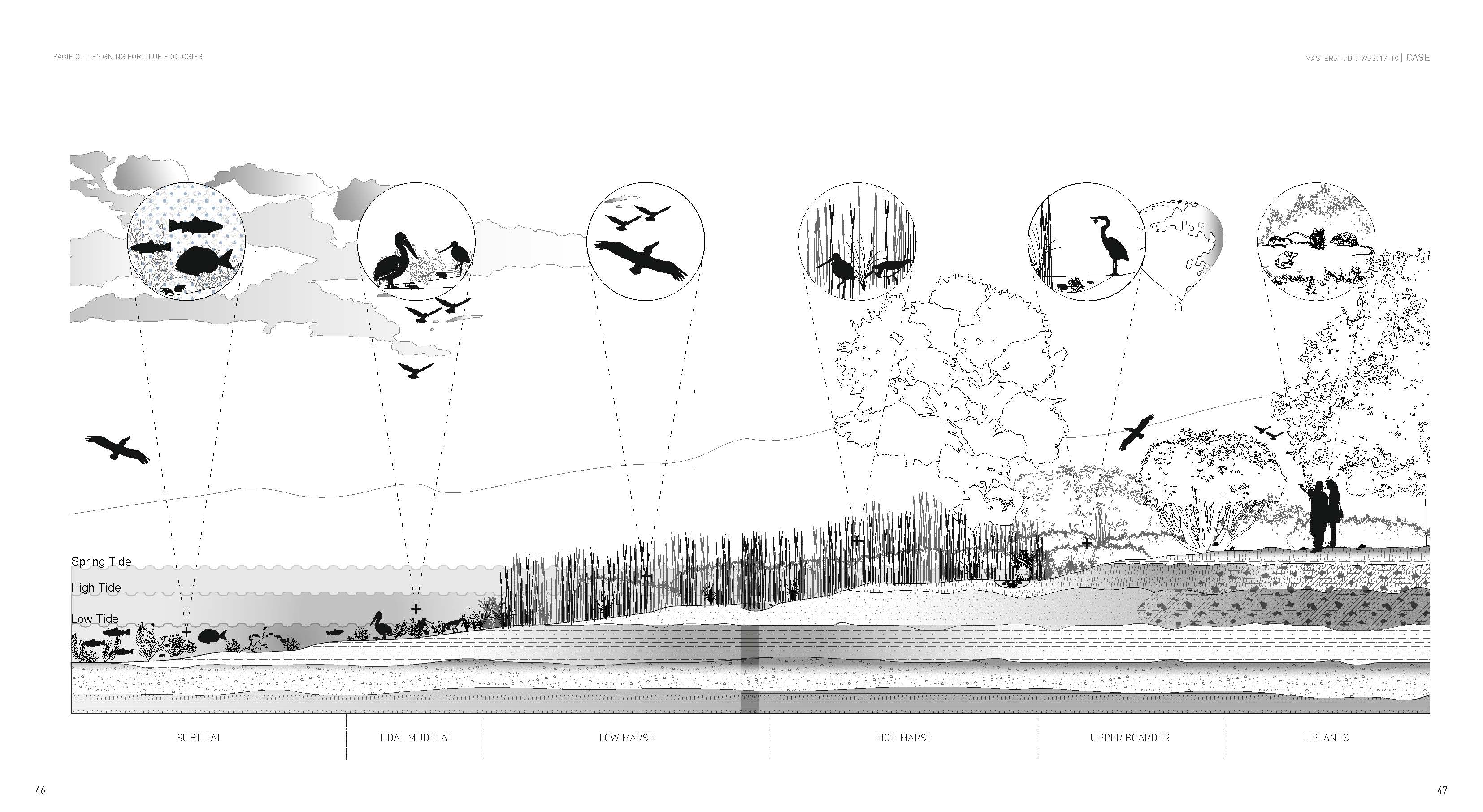
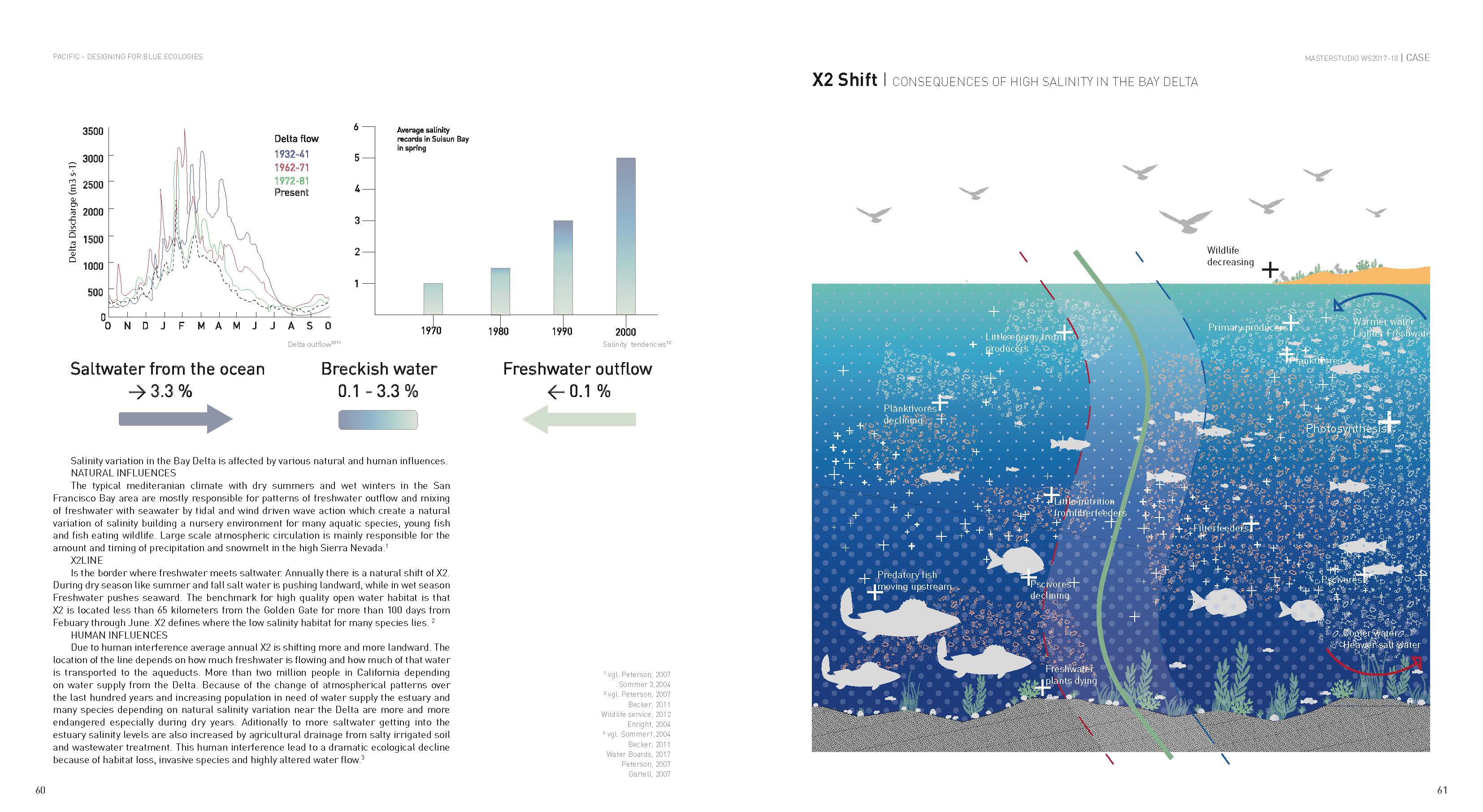

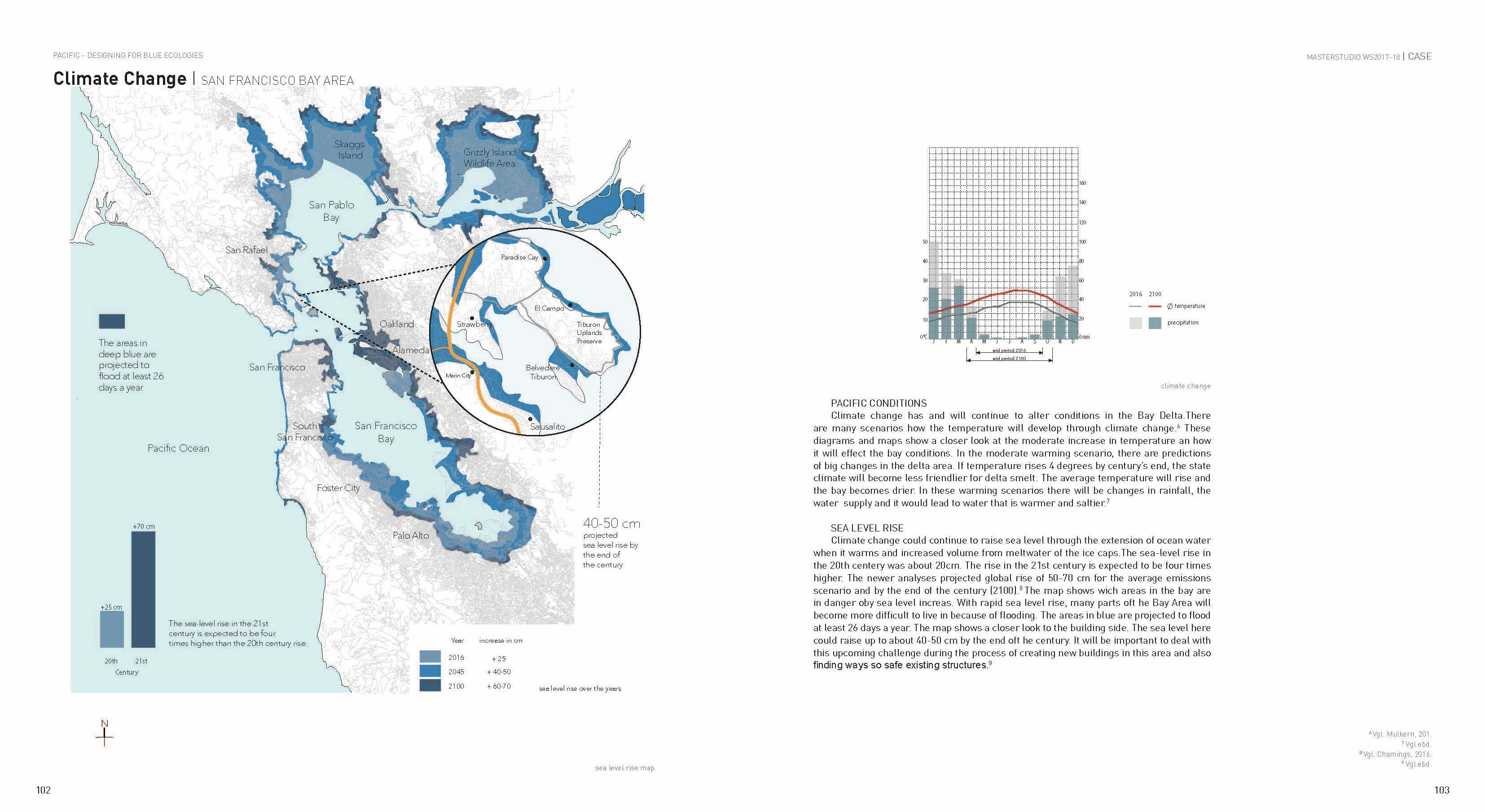
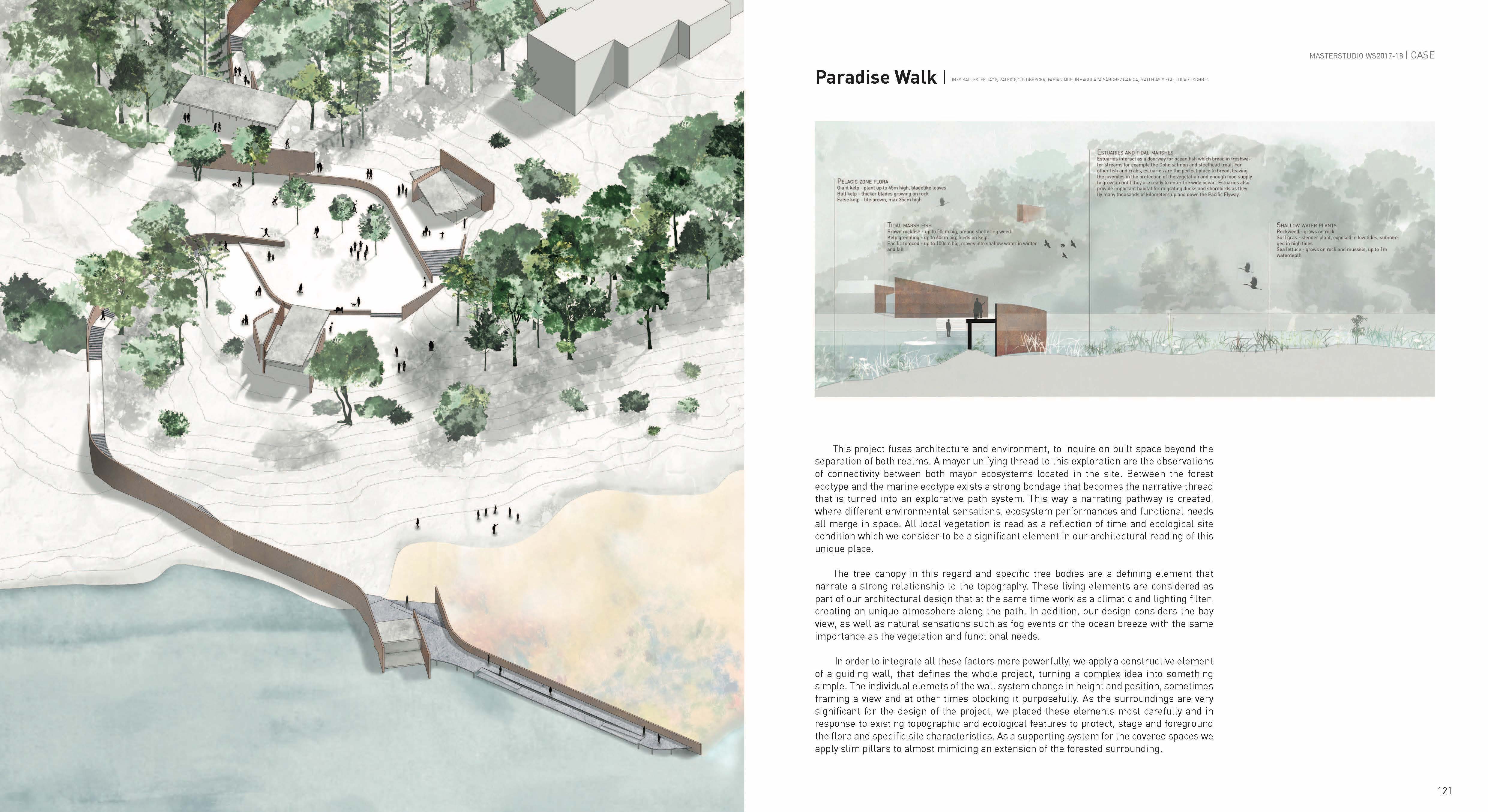
WATER
EMERGING LANDSCAPES IN PALMAS, BRAZIL

Landlab CASE (153.805)
Prof. Klaus K. Loenhart
Univ. Ass. Andreas Boden
Univ. Ass. Bernhard König
Univ. Ass. Tobias Brown
During season, the climatic conditions in Palmas, Brazil change dramatically. Founded in 1990 as the capital of the new state Tocantins, it bears the legacy of a much older example of modernist town planning. Similar to the modernist icon Brasilia, a urban approach was superimposed onto the land. The city since is growing on a street grid with a block length of 700m. In 2003, a hydroelectric power plant was built, to produce electricity for the growing urban needs. The emerging water reservoir not only suddenly formed the new edge of the city, but also established a dramatically changing relationship on the western city’s edge with its new waterline. A new public landscape is now to be designed, that is connecting and newly relating the city of Palmas to its adjacent lakeside. Environment and landscape will be raised to protagonists and the practices of all actors will be related to each other in new ways. The project aims at the design of new complex landscape typologies for the city of Palmas and at unfolding a new potential within the performance between the city and its natural agents.
SUPER.DRY
LEARNING FROM THE DESERT IN AFRICA

Landlab CASE (153.804)
Guest Prof. Bas Smets
Prof. Klaus K. Loenhart
Univ. Ass. Bernhard König
Univ. Ass. Lisa Maria Enzenhofer
More than 20 percent of the earth`s surface is occupied by deserts. Their continuous expansion makes essential agricultural areas become inefficient and thereby withdraws the livelihood of millions of people. Rural exodus and new forms of migration, as well as climate refugees are the increasingly dramatic consequences.
Just this September, US Secretary of State, John Kerry, reminded us: „You think migration is a challenge in Europe today because of extremism, wait until you see what happens when there‘s an absence of water, an absence of food, or one tribe fighting against another for mere survival!“ Desertification has long been regarded as anthropogenic, i.e. caused by human actions. Since the 1970s, there have been promising projects, which focus on making deserts urban again and affecting the weather on site.
Through cooperative afforestation projects in Africa, i.e. decreasing soil temperature, wind currents change and rising precipitation. Through collective actions and innovative resilient projects, desert areas in Africa can be transformed into flourishing agricultural areas and to future-oriented model regions. „The future belongs to Africa, because it seems to have happened everywhere else already?“ says Okwui Enwezor. While the population in Europe gradually becomes older and less, the African continent is experiencing enormous growth. By 2050, the population is expected to double to up to two billion. Nevertheless, about 60 percent of young Africans live without their own breadwinning.
In the Masterstudio Super.dry: Starting from the desert in Africa, the specific living conditions will be investigated on the basis of the physic landscape. Geology, climate conditions, local resources and social structures along the 15th latitude from Dakar to Sanaa will be the starting point for the design of prospective practices.
The aim of the Masterstudio and Entwerfen 3 is to formulate architectures in the ecosystem relation to deserts and to promote the integration of simple, innovative technologies and cooperative local practices to develop resilient systems.
